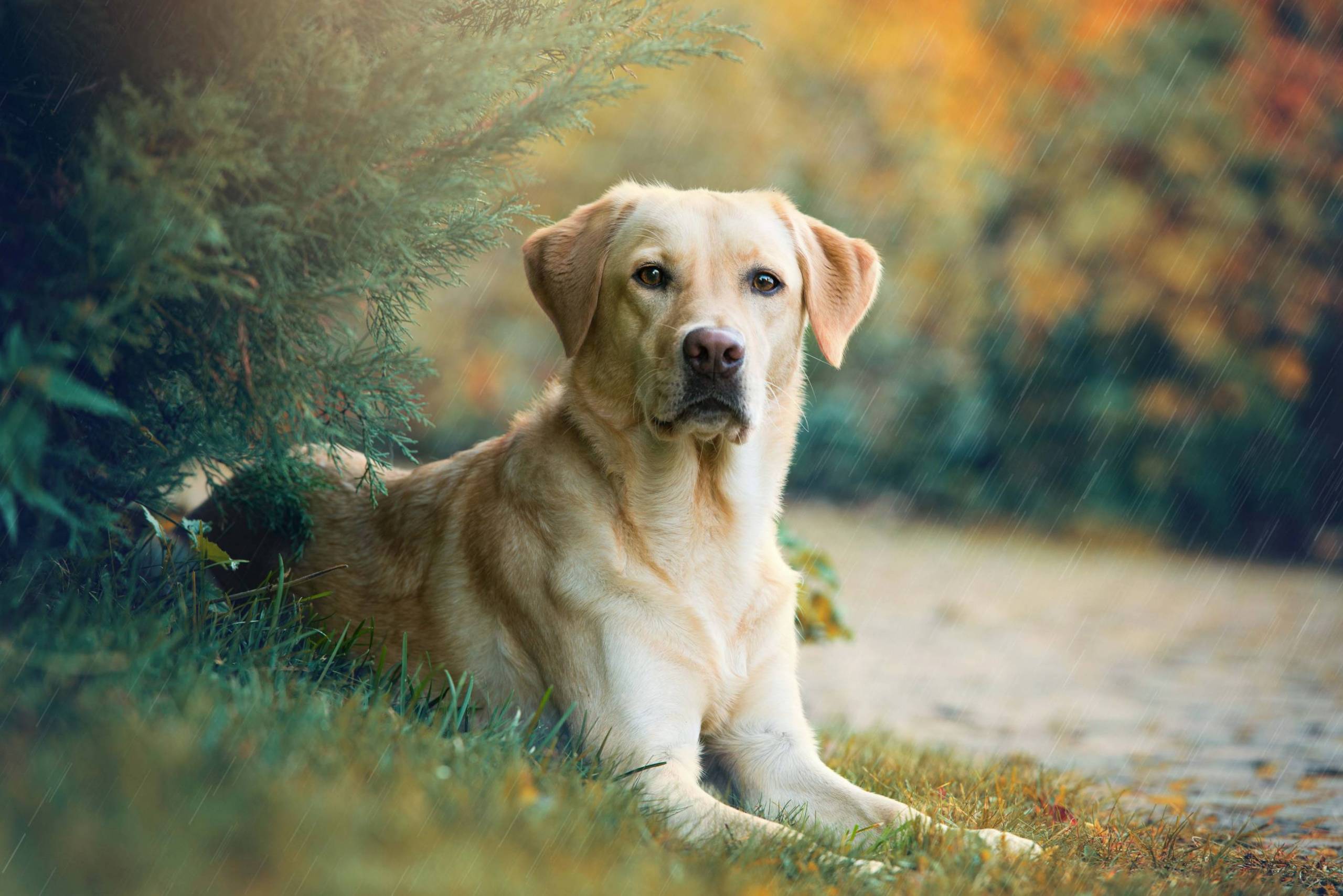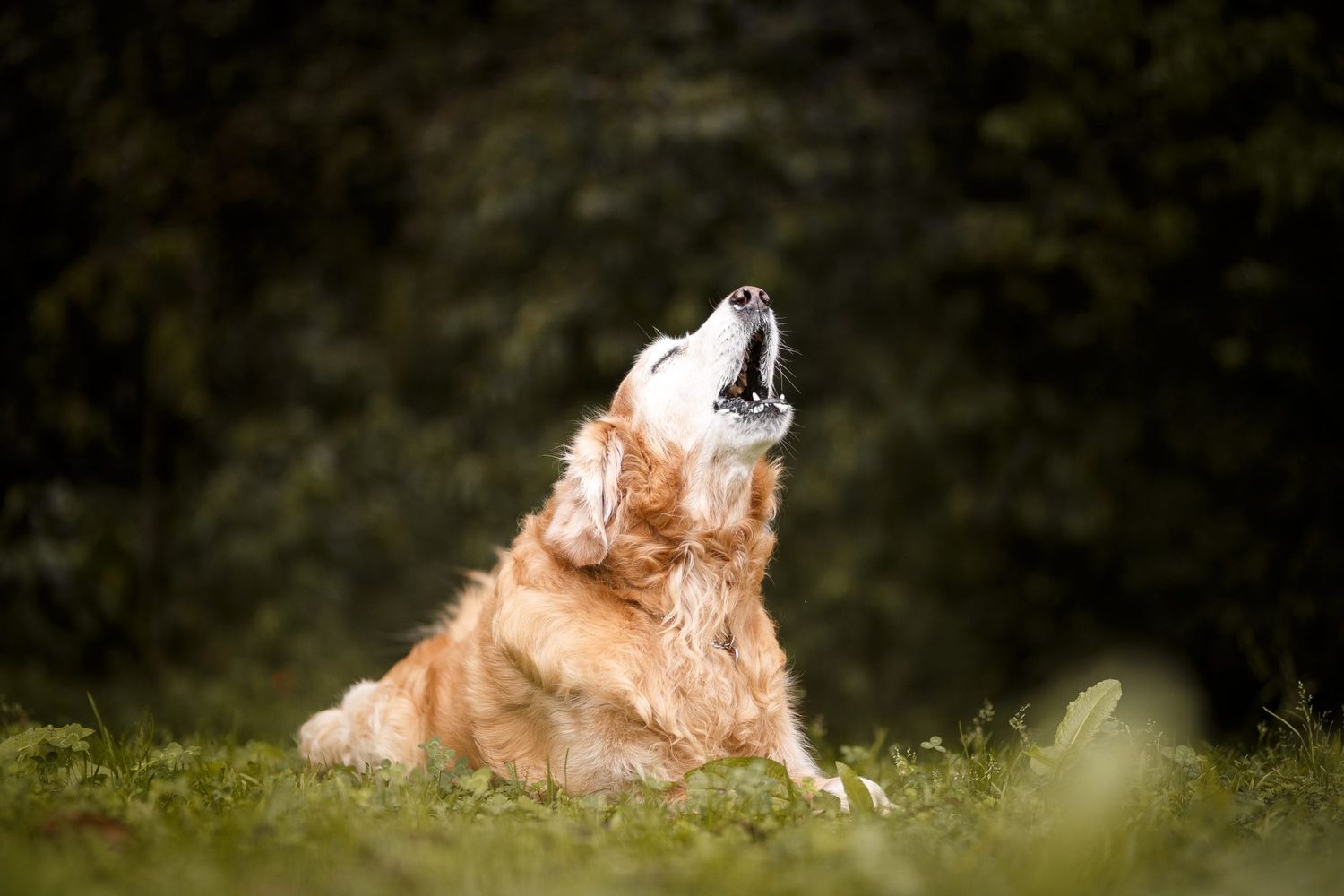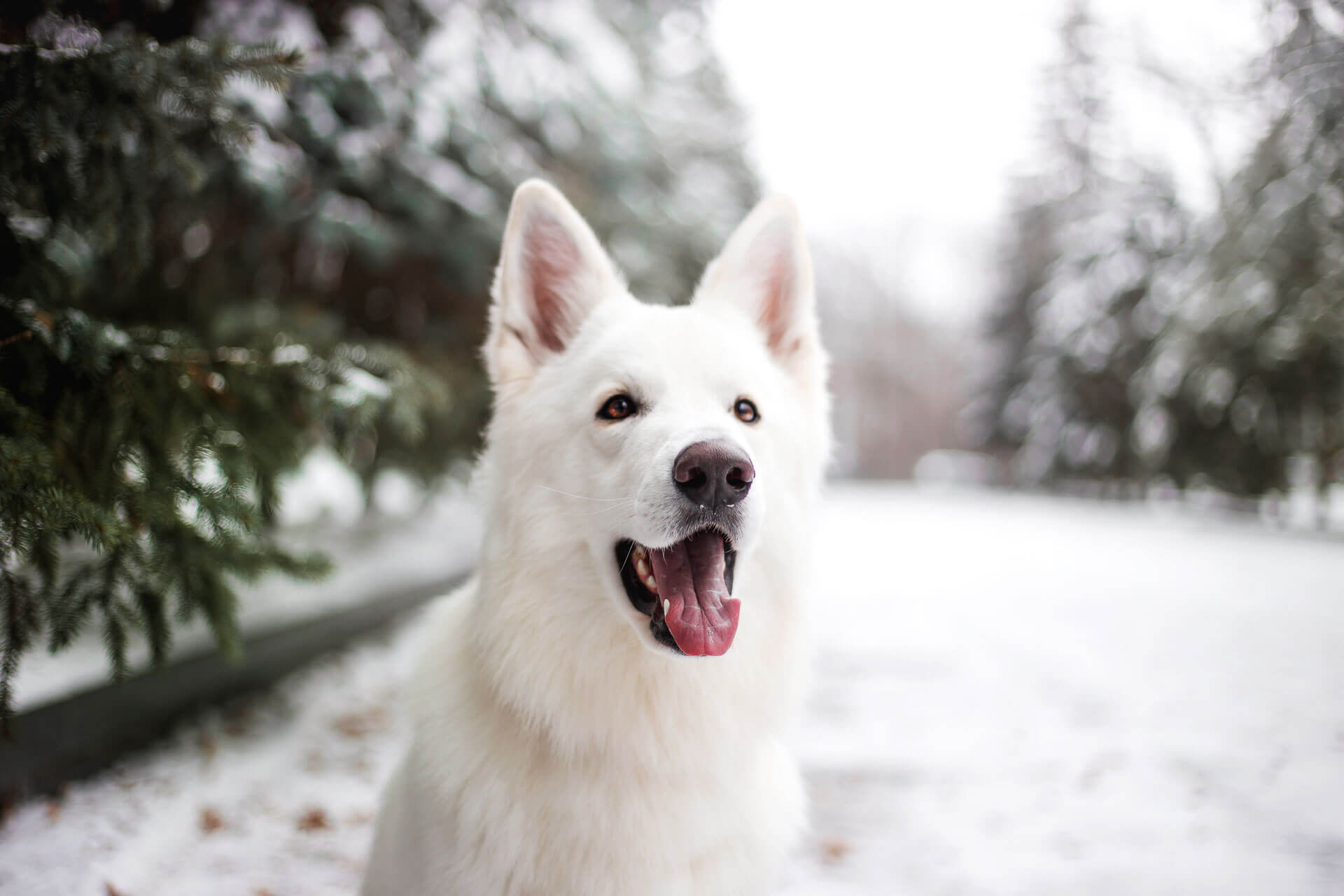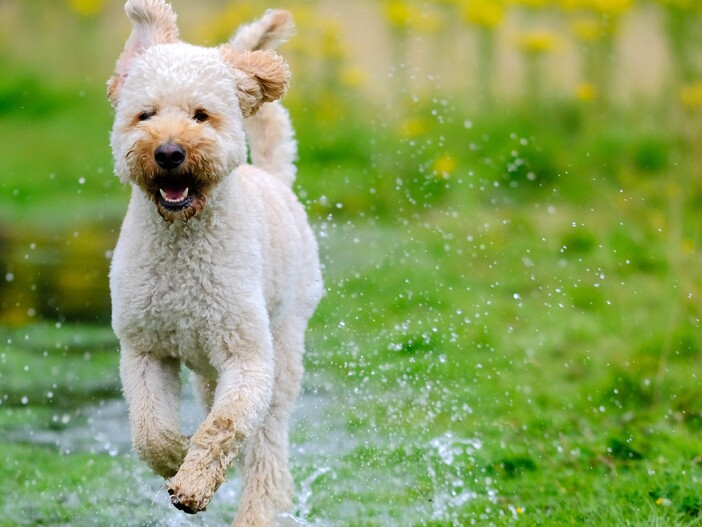Wild dogs are a fascinating group of animals that have not been domesticated and live in packs with a nomadic lifestyle. They are generally divided into dogs, coyotes, foxes, wolves, jackals, and dingoes.
Wild dogs are known for their unique behaviors, such as making strange noises, grinning, and bowing to each other. They are also the second most dangerous predators after the big cat family.
You are reading: Top 10 Wild Dog Breeds In The World
There are currently 35 recognized species of wild dogs, including the well-known gray wolf, coyote, red fox, Arctic fox, kit fox, African wild dog, and golden jackal. In this article, we will explore the top 10 wild dog breeds in the world, according to various sources.
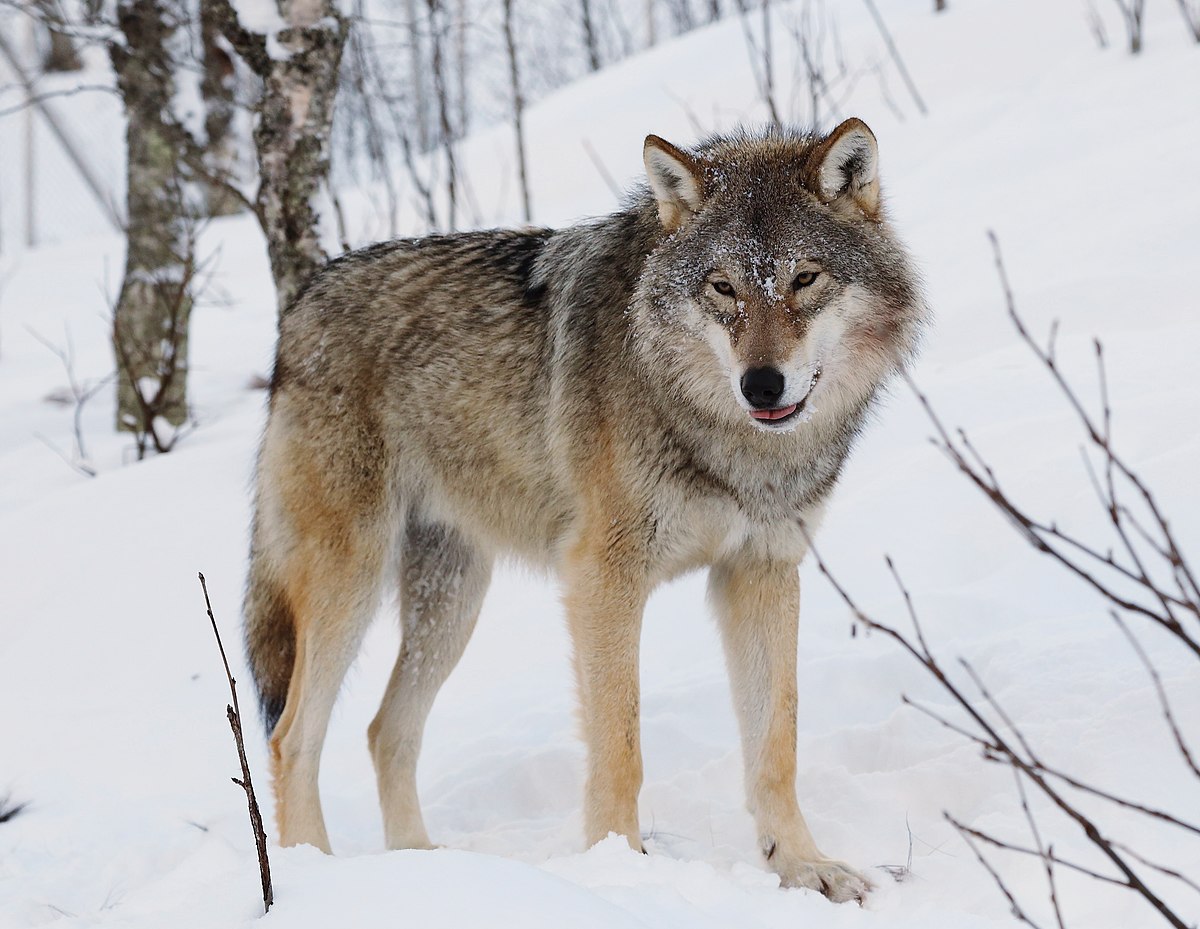
Top 10 Wild Dog Breeds In The World
African Wild Dog

The African wild dog, also known as the painted dog or Cape hunting dog, is a wild canine native to sub-Saharan Africa. It is the largest wild canine in Africa and the only extant member of the genus Lycaon.
The African wild dog is known for its irregular, mottled coat, which features patches of red, black, brown, white, and yellow fur. Each animal has its own unique coat pattern, and all have big, rounded ears. These long-legged canines have only four toes per foot, unlike other dogs, which have five toes on their forefeet.
The African wild dog is the bulkiest and most solidly built of African canids, standing 60 to 75 cm (24 to 30 in) at the shoulders and measuring 71 to 112 cm (28 to 44 in) in head-and-body length. Adults have a weight range of 18 to 36 kg (40 to 79 lb) .
African wild dogs are social and gather in packs of around ten individuals, but some packs number more than 40. They are opportunistic predators that hunt medium-sized ruminants, such as gazelles, and can reach speeds of more than 44 miles per hour in a sprint.
Unfortunately, the African wild dog is one of the world’s most endangered mammals, with the largest populations remaining in southern Africa and the southern part of East Africa.
Dingo
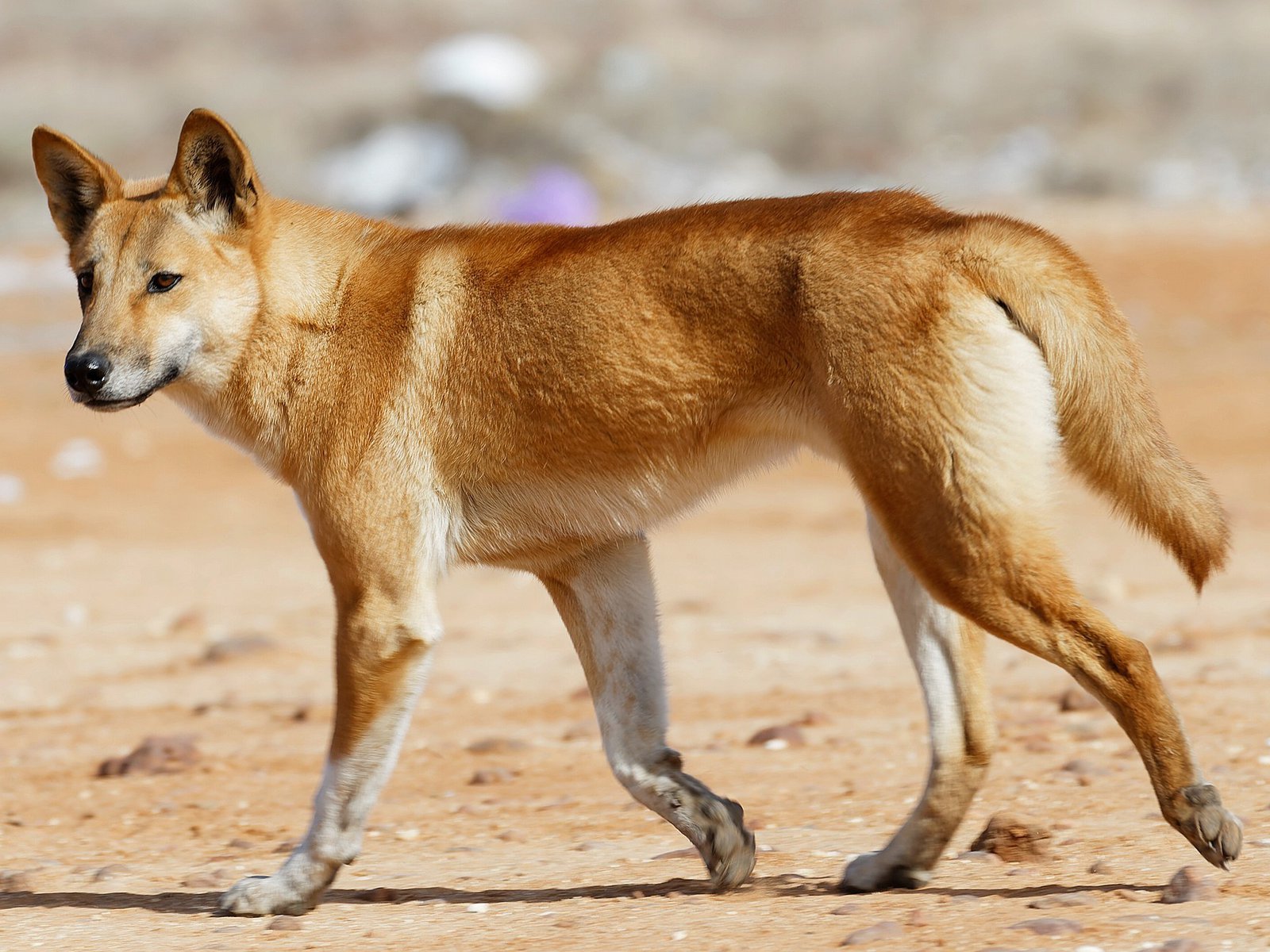
The dingo is a wild dog that is native to Australia and is believed to have been introduced to the continent by Asian seafarers about 4,000 years ago. Its taxonomic classification is debated, and it is variously considered a form of domestic dog not warranting recognition as a subspecies, a subspecies of dog or wolf, or a full species in its own right.
The dingo is a medium-sized canine that possesses a lean, hardy body adapted for speed, agility, and stamina. Its three main coat colorations are light ginger or tan, black and tan, or creamy white, and its skull is wedge-shaped and appears large in proportion to the body.
Dingoes are opportunistic hunters that eat small game such as rabbits, rodents, birds, and lizards, and they also scavenge from humans. They hunt alone or in cooperative packs of up to ten animals, and they roam great distances and communicate with wolf-like howls.
Dingoes breed only once a year, and females typically give birth to about five pups. The dingo is Australia’s largest terrestrial carnivore, and it occasionally eats plants and fruits.
Read more : How To Tell If A Dog Is Aggressive Towards Cats
However, the dingo is listed as vulnerable to extinction under the International Union of Nature Conservation’s Red List of Threatened Species.
Maned Wolf
The maned wolf is a unique and fascinating canid species found in South America. Here are some key characteristics and facts about this intriguing animal:
– Appearance: The maned wolf is the largest canid in South America, weighing 20-30 kg (44-66 lb) and standing up to 100 cm (39 in) at the withers. It has long, thin legs, a dense reddish coat, and tall, erect ears, giving it a distinct and unmistakable appearance.
– Habitat and Adaptations: This crepuscular and omnivorous animal is well-adapted to the open environments of the South American savanna. It plays an important role in seed dispersal, especially of the wolf apple (Solanum lycocarpum). The maned wolf is a solitary animal, using open fields for foraging and more closed areas, such as riparian forests, for resting, especially on warmer days.
– Diet: Maned wolves are omnivorous eaters, with a diet that includes seasonally abundant fruits and vegetables. They are particularly interested in lobeira, a small tomato-like berry that makes up a significant portion of their diet. Small mammals, insects, reptiles, birds, and plants, such as sugarcane, are also part of their regular diet.
– Status and Conservation: The maned wolf is listed as near threatened on the IUCN Red List, with a population estimated to be around 23,600 individuals. Habitat loss, fragmentation, and conflicts with humans are the main threats to their survival. They share their habitat with a variety of other carnivores, including the bush dog, crab-eating fox, hoary fox, pampas fox, puma, jaguar, pampas cat, jaguarondi, and crab-eating raccoon.
– Taxonomic Classification: Despite its name, the maned wolf is not closely related to wolves. It is the only species in the genus Chrysocyon, and genetic studies have shown that it is neither a fox nor a true wolf, but a distinct species. This unique classification adds to the intrigue and fascination surrounding the maned wolf.
Red Wolf
The red wolf (Canis rufus) is a unique and endangered canid species native to the southeastern United States. Here are some key characteristics and facts about this fascinating animal:
– Appearance: Red wolves are smaller and thinner than gray wolves, with a distinctive reddish cast for which they are named. Their coats are mostly brown or buff, with some black along their backs, and they may have a reddish tint on their muzzle, behind their ears, and on the backs of their legs. They are about four feet long and stand about 26 inches at the shoulder, weighing between 45 and 80 pounds.
– Habitat and Range: Once roaming as far west as Texas, down into Florida, and up into the Midwest, the red wolf now persists in only a fraction of its historical range, making it the world’s most endangered canid. It has lost more of its historical territory—99.7 percent—than any other large carnivore, including lions, tigers, and snow leopards. Red wolves are most active at night and are generally elusive, avoiding humans and human activity.
– Social Structure and Diet: Red wolves are social animals that live in packs consisting of a breeding adult pair and their offspring of different years, typically five to eight animals. They prey on a variety of wild mammals such as raccoons, rabbits, white-tailed deer, nutria, and other rodents. They communicate through scent marking, vocalizations (including howling), facial expressions, and body postures.
– Conservation Status: The red wolf is listed as endangered on the IUCN Red List and is one of the world’s most endangered wild canids. Its population was decimated by the 1960s due to intensive predator control programs and loss of habitat. Efforts to recover the red wolf population include captive breeding programs and reintroduction efforts in suitable habitats.
Gray Wolf
The gray wolf (Canis lupus), also known as the timber wolf, is a large and highly adaptable canid species native to Eurasia and North America. Here are some key characteristics and facts about this fascinating animal:
– Appearance: Gray wolves have a wide range of coat colors, including gray, brown, black, and white, depending on their location and subspecies. Their fur is typically a mix of these colors, with buffy facial markings and undersides. They have long bushy tails, often black-tipped, and their size varies depending on their habitat, with northern wolves generally being larger than southern wolves.
– Habitat and Range: Gray wolves are highly adaptable and can thrive in a variety of habitats, including tundra, woodlands, forests, grasslands, and deserts. They once had a historic range covering over two-thirds of the United States, but today they have populations in Alaska, northern Michigan, northern Wisconsin, western Montana, northern Idaho, northeast Oregon, and the Yellowstone area of Wyoming. Mexican wolves, a subspecies of the gray wolf, were reintroduced to protected parkland in eastern Arizona and southwest New Mexico.
Read more : 12 Types Of Herding Dogs
– Social Structure and Diet: Gray wolves are social animals that live in packs, which can consist of two or more wolves with a defined territory. They primarily hunt large, hoofed mammals such as deer, elk, and moose, but they can also eat smaller mammals, birds, and even fish. Wolves communicate through a variety of vocalizations, including howling, and their body language is similar to that of domestic dogs.
– Conservation Status: Gray wolves have faced significant threats from habitat loss and human persecution, leading to their classification as endangered in some areas. However, conservation efforts and reintroduction programs have helped some populations recover, demonstrating the resilience and importance of these apex predators in maintaining ecosystem balance.
Arctic Fox
The Arctic fox (Vulpes lagopus) is a small fox that belongs to the family of Canidae and is native to the Arctic regions of the Northern Hemisphere.
Here are some key characteristics and facts about this fascinating animal:
Appearance:
– The Arctic fox is well adapted to living in cold environments and is best known for its thick, warm fur that is also used as camouflage.
– Its fur is typically a mix of colors, including brown, gray, white, and black, depending on the season and subspecies.
– It has a large and very fluffy tail, which it uses for balance, warmth, and communication.
Habitat and Range:
– The Arctic fox is common throughout the Arctic tundra biome and is found throughout the Arctic region, usually on tundra or mountains near the sea.
– It is a burrow dweller and may be active at any time of day.
– The Arctic fox is an opportunistic eater and feeds on whatever animal or vegetable material is available, including small mammals, birds, insects, eggs, berries, and carrion.
Behavior and Adaptations:
– Arctic foxes are monogamous and usually mate for life.
– Mating occurs from April to July, and births take place from April through June for the first litter.
– Arctic foxes are well adapted to living in cold environments, with short legs and nose, thick fur, and small ears that are adaptations that help them survive in cold climates.
– The Arctic fox’s paws are sheathed in dense fur during the winter, unlike other canids, giving it the name “lagopus” (which means “rabbit footed”).
Conservation Status:
– The Arctic fox is classified as a species of least concern by the International Union for Conservation of Nature (IUCN).
– However, climate change is a significant threat to the Arctic fox, as it affects the availability of prey and the quality of its habitat.
Red Fox
The red fox (Vulpes vulpes) is a species of fox that is found throughout Europe, temperate Asia, northern Africa, and North America, making it one of the most widely distributed members of the order Carnivora.
Here are some key characteristics and facts about this fascinating animal:
Appearance:
– Red foxes have a long snout and reddish-orange fur on their face, back, sides, and tail.
– They have a white underbelly, black feet, and large, pointy, black-tipped ears.
– One of the most noticeable features of the red fox is its fluffy, white-tipped tail.
Habitat and Adaptability:
– Red foxes can be found in a variety of habitats, including forests, grasslands, mountains, deserts, and even human environments such as farms and suburban areas.
– They are known for their resourcefulness and adaptability, which has earned them a reputation for intelligence and cunning.
Diet and Hunting:
– Red foxes are omnivores and have a flexible diet that includes rodents, rabbits, birds, fruits, vegetables, fish, frogs, and even worms.
– They are solitary hunters and are capable of catching and killing prey larger than themselves, such as young deer or lambs.
Reproduction and Life Cycle:
– Red foxes mate in winter, and after a gestation period of seven to eight weeks, the female gives birth to a litter of one to ten kits.
– The kits are born in a den, which is often a burrow abandoned by another animal and is commonly enlarged by the parent foxes.
– The male fox plays a role in caring for the female and the kits, bringing them food while the female is nursing.
Golden Jackal
The golden jackal (Canis aureus) is a wolf-like canid that is native to Southeast Europe, Central Asia, Western Asia, South Asia, and regions of Southeast Asia. Here are some key characteristics and facts about this fascinating animal:
Appearance:
– The golden jackal has a yellow-brown coat that becomes darker in the winter.
– It has shorter legs, a shorter tail, a more elongated torso, a less-prominent forehead, and a narrower and more pointed muzzle than the Arabian wolf.
– The body length of the golden jackal is 70 to 85 cm, with a tail length of about 25 cm, and its standing height is approximately 40 cm.
Habitat and Range:
– Golden jackals are abundant in valleys and beside rivers and their tributaries, canals, lakes, and seashores, but rare in foothills and low mountains.
– They prefer dry open country, arid short grasslands, and steppe landscapes.
– The golden jackal occurs in North and East Africa, Southeastern Europe, and South Asia to Burma.
Diet and Hunting:
– Golden jackals are opportunistic omnivores that feed on both plants and meat.
– They are capable of hunting small mammals, birds, reptiles, and amphibians, as well as scavenging carrion.
– They also raid crops such as corn, sugarcane, and watermelon.
Reproduction and Life Cycle:
– Golden jackals mate in winter, and after a gestation period of 60 to 63 days, the female gives birth to a litter of three to six pups.
– The pups are born in a den, which is often a burrow abandoned by another animal and is commonly enlarged by the parent jackals.
– The male jackal plays a role in caring for the female and the pups, bringing them food while the female is nursing.
Conservation Status:
– The golden jackal is classified as a species of least concern by the International Union for Conservation of Nature (IUCN).
– However, it is sometimes hunted for its fur, and its habitat is threatened by human activities such as agriculture, urbanization, and infrastructure development.
Dhole
The dhole (Cuon alpinus) is a canid species native to Central, South, East, and Southeast Asia. It is also known as the Asian wild dog, Asiatic wild dog, Indian wild dog, whistling dog, red dog, red wolf, and mountain wolf.
Here are some key characteristics and facts about this fascinating animal:
Appearance:
– The dhole is an average-sized canine with a head/body length of 90 cm (35″), a tail length of 40-45 cm (16″-18″), and a shoulder height of 50 cm (20″).
– It has an unusually thick muzzle and one less molar tooth on each side of its lower jaw than other members of the family Canidae.
– The adult dhole is characterized by a rusty red coat with a pale underside, and depending on the region, its pelage may vary from light brownish-gray to a uniform red coat.
Habitat and Range:
– Dholes are found in a variety of habitats, including dry open country, arid short grasslands, and steppe landscapes.
– They are common throughout Central, South, East, and Southeast Asia, including India, Burma, Thailand, and Siberia.
Diet and Hunting:
– Dholes are opportunistic omnivores that feed on both plants and meat.
– They typically feed on hoofed mammals such as deer, wild pigs, buffalo, wild goats, gaur, banteng, wild sheep, and reindeer, but they may also eat berries, bugs, lizards, and rabbits.
– When hunting larger prey, they often hunt as a pack and are capable of taking down prey over 10 times their own body weight.
Reproduction and Life Cycle:
– Dholes mate in winter, and after a gestation period of 60 to 63 days, the female gives birth to a litter of three to six pups.
– The pups are born in a den, which is often a burrow abandoned by another animal and is commonly enlarged by the parent dholes.
– The male dhole plays a role in caring for the female and the pups, bringing them food while the female is nursing.
Conservation Status:
– The dhole is classified as a species of least concern by the International Union for Conservation of Nature (IUCN).
– However, its habitat is threatened by human activities such as agriculture, urbanization, and infrastructure development, and it is sometimes hunted for its fur.
Bush Dog
The bush dog (Speothos venaticus) is a canid species found in Central and South America. Here are some key characteristics and facts about this fascinating animal:
Appearance:
– The bush dog is a small, stocky carnivore with short legs and long hair, growing to a shoulder height of about 30 cm (12 inches).
– It is 58–75 cm long (22.8–29.5 inches), exclusive of its 13–15-cm (5.1–5.9-inch) tail, and weighs about 5–7 kg (11–15 pounds).
– The bush dog has a brown coat with reddish or whitish forequarters and dark hindquarters and tail.
Habitat and Range:
– The bush dog is found in the forests and savannas of Central and South America.
– It has an extensive range but is very rare in most areas except in Suriname, Guyana, and Peru.
– The bush dog is the only living species in the genus Speothos, and genetic evidence suggests that its closest living relative is the maned wolf of central South America or the African wild dog.
Diet and Hunting:
– Bush dogs prey mainly on large rodents such as acouchis, agoutis, and pacas.
– They may also prey upon animals of larger mass, such as capybaras and rheas.
– Bush dogs possibly play an active role in controlling rodent populations.
Reproduction and Life Cycle:
– Bush dogs mate in winter, and after a gestation period of 60 to 63 days, the female gives birth to a litter of three to six pups.
– The pups are born in a den, which is often a burrow abandoned by another animal and is commonly enlarged by the parent bush dogs.
– The male bush dog plays a role in caring for the female and the pups, bringing them food while the female is nursing.
Conservation Status:
– Bush dogs have been classified as a near threatened species by the International Union for Conservation of Nature and Natural Resources (IUCN) since 2011.
– The bush dog population is in decline because of an increasing rate of habitat loss and fragmentation, declines in the bush dog’s prey populations, due to illegal poaching and to predation by domestic dogs.
FAQS
1. What are wild dogs?
Wild dogs are a group of canids that have not been domesticated and live in packs with a nomadic lifestyle. They are generally divided into dogs, coyotes, foxes, wolves, jackals, and dingoes.
2. What are the top 10 wild dog breeds in the world?
According to various sources, the top 10 wild dog breeds in the world are: African wild dog, gray wolf, red fox, maned wolf, Arctic fox, golden jackal, dhole, bush dog, coyote, and red wolf.
3. What is the difference between wild dogs and domesticated dogs?
Wild dogs have not been domesticated and live in packs with a nomadic lifestyle, while domesticated dogs have been selectively bred for thousands of years and live with humans.
4. Are wild dogs dangerous?
Some wild dogs, such as the African wild dog, are known to be opportunistic predators and can be dangerous to humans if they feel threatened. However, most wild dogs are shy and avoid human contact.
5. What is the conservation status of wild dogs?
Many wild dog species are threatened by habitat loss, hunting, and disease. Some species, such as the African wild dog, are listed as endangered on the IUCN Red List of Threatened Species. Conservation efforts are underway to protect and conserve wild dog populations.
Source: https://petstutorial.com
Category: DOGS


